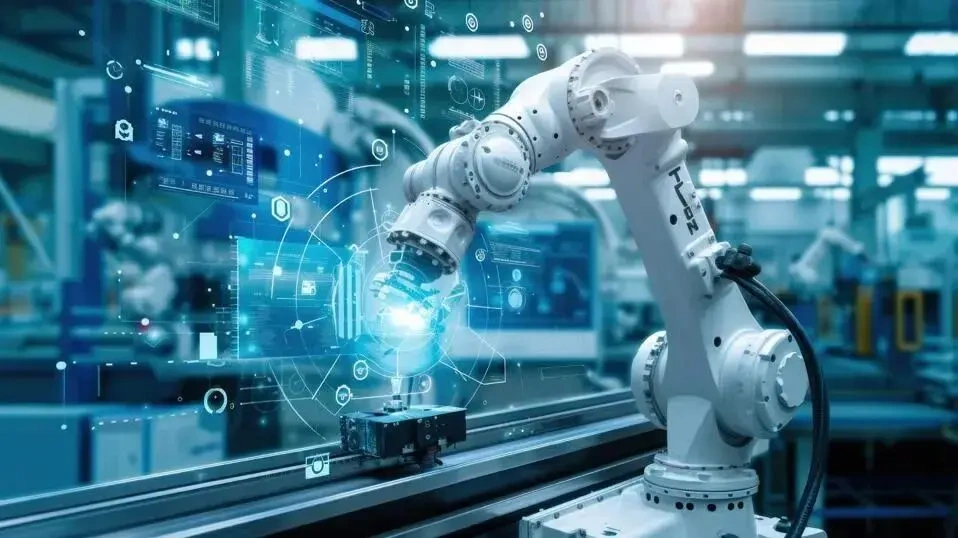Robots aren’t just science fiction anymore—they’re very real and rapidly changing how industries operate. From manufacturing and healthcare to agriculture and logistics, robotics in 2025 is at the center of a technological revolution that’s boosting productivity, lowering costs, and unlocking innovation across the board.
Let’s dive into how robotics is reshaping industries in today’s world—and what it means for the future.
🤖 What Is Robotics in 2025?
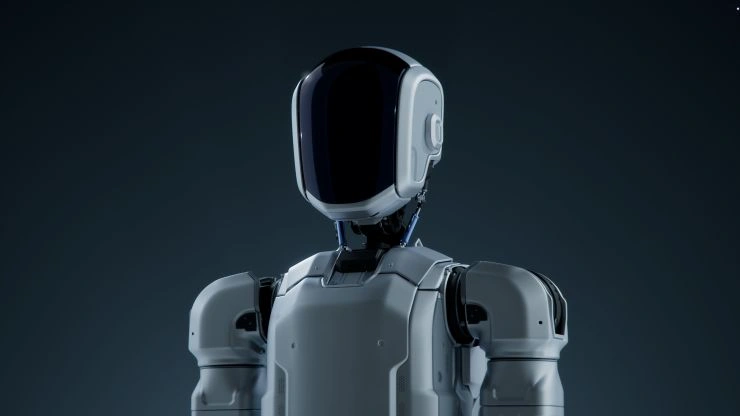
Robotics today refers to intelligent machines that can perform tasks autonomously or semi-autonomously. Unlike the simple, repetitive robots of the past, modern robots are smarter, more adaptable, and powered by AI and sensors. They can:
- Navigate unpredictable environments
- Work alongside humans (cobots)
- Learn from data and improve over time
These capabilities are no longer limited to mega-factories—they’re now showing up in surprising places.
🚚 1. Logistics and Warehousing: Fast, Accurate, and Always On
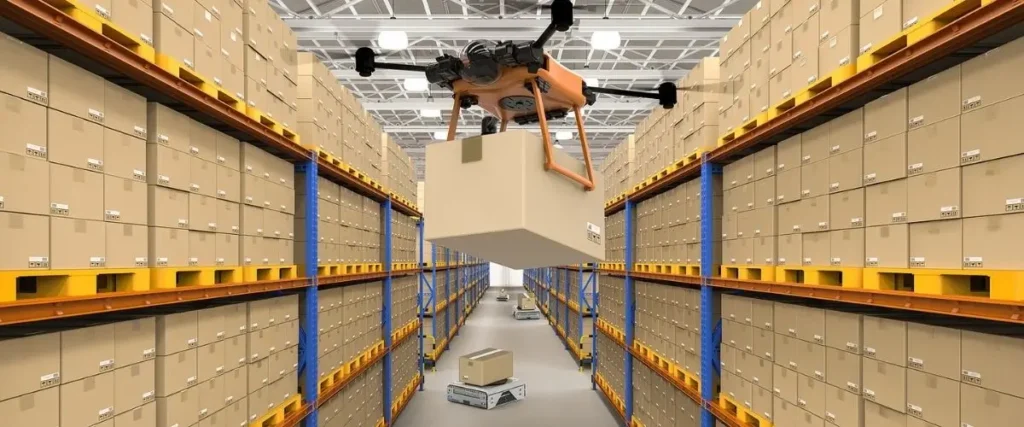
Companies like Amazon, FedEx, and DHL have transformed their supply chains with fleets of automated robots and drones. These robots handle:
- Sorting and packing
- Inventory management
- Last-mile delivery using autonomous vehicles
In 2025, smart warehouses use robotic arms and mobile robots to fulfill orders 24/7, reducing errors and speeding up delivery.
✅ Bonus: Robotic forklifts and pickers improve workplace safety by minimizing accidents.
🏭 2. Manufacturing: The Smart Factory Era

Manufacturing has always been a robotics stronghold, but 2025 takes it to the next level with:
- Collaborative robots (cobots) that safely work beside humans
- Predictive maintenance using AI-powered robotics
- Automated quality control through computer vision
This shift enables faster production with fewer defects, and allows smaller manufacturers to compete with larger firms using cost-effective robotic systems.
🧑⚕️ 3. Healthcare: Precision, Speed, and Support
Robotics in healthcare is saving lives—literally. Surgical robots now assist doctors with ultra-precise movements that reduce recovery time and surgical risk.
Other applications include:
- Rehabilitation robots for physical therapy
- Telepresence robots that connect patients with specialists remotely
- Autonomous cleaning and disinfection robots in hospitals
These technologies allow healthcare professionals to focus more on patient care and less on repetitive or hazardous tasks.
🚜 4. Agriculture: Smarter Farming with Robotic Help
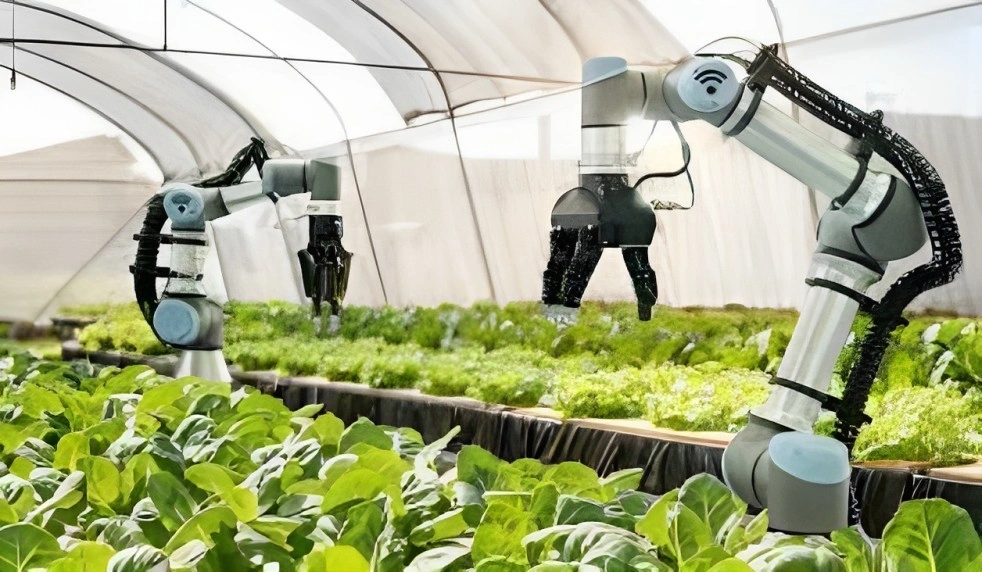
In 2025, robots are helping farmers grow more food with less effort:
- Drones monitor crop health from the sky
- Autonomous tractors plow and plant without drivers
- Weed-killing robots use machine vision to eliminate pests without chemicals
This means increased yields, lower costs, and more sustainable farming practices for a growing global population.
🏗️ 5. Construction: Building the Future
The construction industry is one of the slowest to adopt automation—but that’s changing fast:
- 3D printing robots can build houses in days
- Bricklaying and welding robots boost efficiency on job sites
- Inspection drones scan buildings and bridges for structural weaknesses
These robots improve safety, speed, and precision, especially in dangerous or hard-to-reach areas.
🎨 6. Retail, Hospitality, and Service: Robots Meet Customers
In 2025, even customer-facing industries are embracing robotics:
- Retail robots guide shoppers and manage shelves
- Robot chefs and baristas are preparing food with consistency and flair
- Hotel service robots handle luggage delivery and room service
These innovations free up human staff for more personal interactions while delivering speed and novelty to customers.
🤝 Human-Robot Collaboration: Not Replacing, But Enhancing
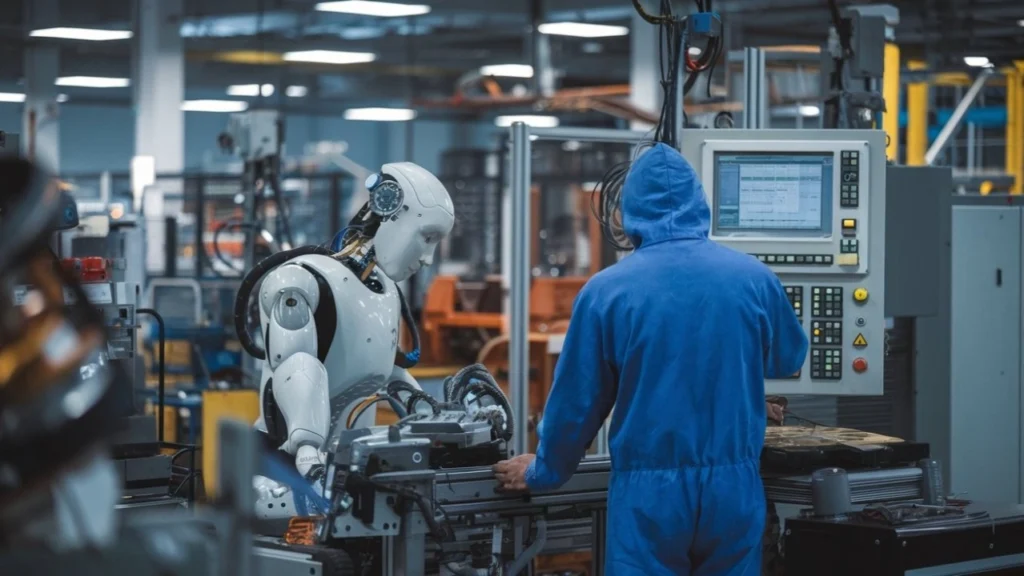
A major trend in 2025 is collaborative robotics—where robots and humans work together, not separately. Rather than replacing jobs, robots are taking over tedious, dangerous, or high-precision tasks, allowing humans to focus on creativity, strategy, and innovation.
🧠 What Powers Modern Robotics?
Today’s robots are smarter than ever thanks to technologies like:
- AI and machine learning
- Computer vision and LIDAR sensors
- 5G and edge computing
- Cloud-based robot management systems
These technologies allow robots to react in real time, learn from data, and interact safely with humans and their environments.
⚠️ Challenges and Ethical Questions
With great power comes responsibility. As robotics expands, industries must also tackle:
- Job displacement and retraining needs
- Workplace safety and robot oversight
- Data privacy and security concerns
- Regulations and ethical use of robotics
Governments, educators, and businesses must work together to ensure a smooth and fair transition into an automated future.
🚀 Final Thoughts: Embrace the Future, Don’t Fear It
In 2025, robotics is no longer an optional upgrade—it’s becoming a strategic necessity across industries. By automating repetitive tasks, improving precision, and enabling innovation, robots are transforming how businesses operate and grow.
But the real transformation lies in how humans and machines work together—collaborating, complementing, and co-creating the future.
So whether you’re a student, entrepreneur, or business leader, now is the time to explore how robotics can elevate your skills, streamline your workflows, and drive your vision forward.

